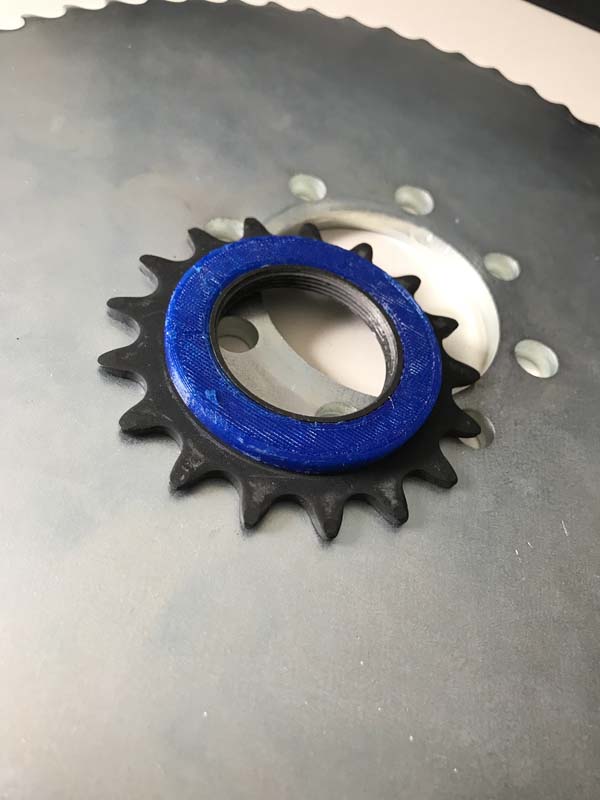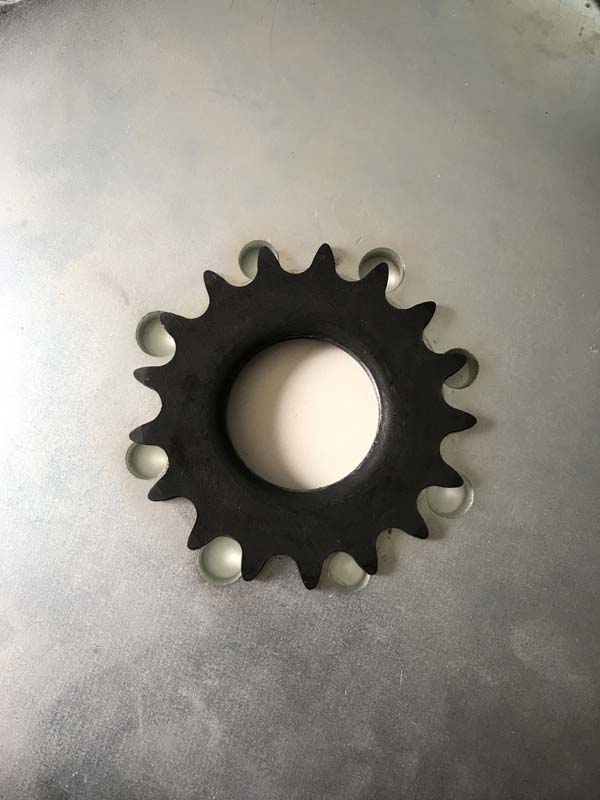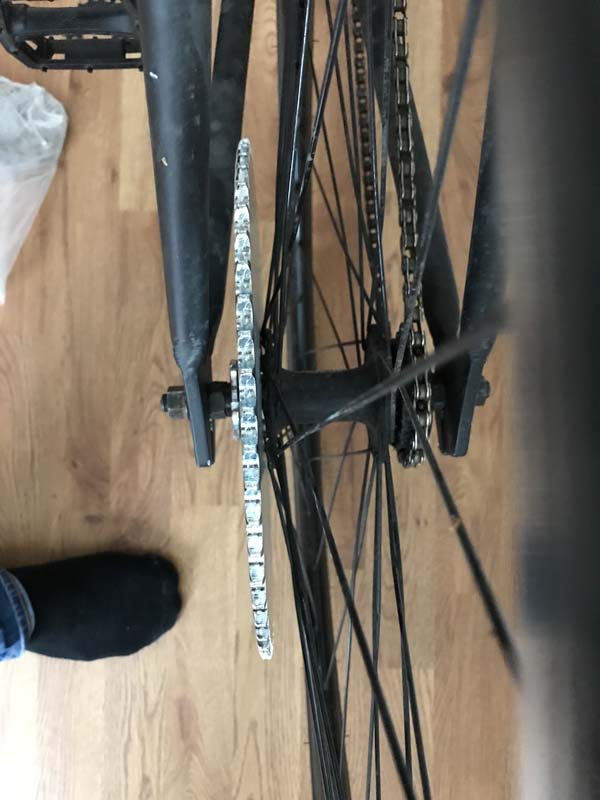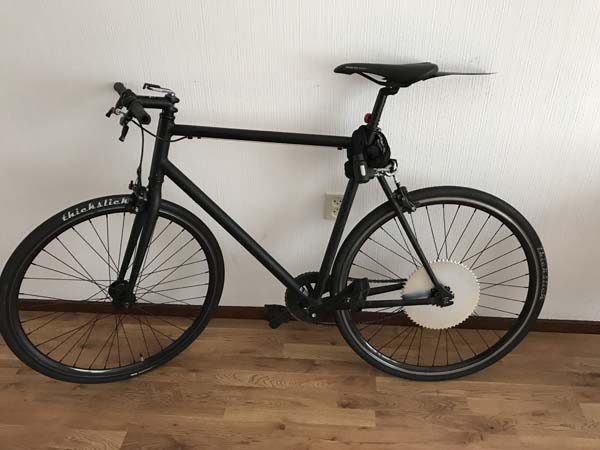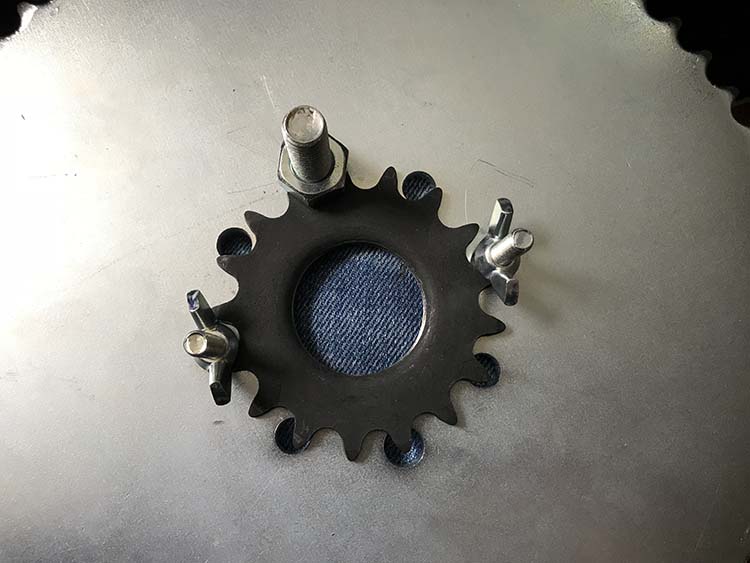eTim
1 mW
Thank you for the encouraging words 
This is what I ended up doing indeed Simplicity.
Simplicity.
I chatted up with a friend which works as a cnc engineer and he gave me some great tips plus a range for the price, which is about half as cheap as I thought, so that's great. He gave me the advice to use 6mm 7075 aluminium for the mounting plate this would give me enough strength for the motor and the vibrations. However this wouldn't leave me enough room on the motor shaft because it's only 25mm long. So I moved the adjustment slots to the frame mount side. (reducing it to only 3 parts to have manufactured!) Not entirely sure if I'm going to leave this much adjustment room in the final design, but we'll see what the guys at his shop have to say when I send in the designs. In the current designs I also have pretty big rounded on the corners, I'm probably going to make that smaller too so I can drill a hole in one of the corners on the motor side to mount some....hall sensors However still a lot of research need to be done for that, Burtie's topic has been of great inspiration: https://endless-sphere.com/forums/viewtopic.php?t=15686 (And this one: https://endless-sphere.com/forums/viewtopic.php?p=281714#p281714) In the current version I also went trough every single measurement to make sure it's correct, some things had some 'unexplainable' offsets
However still a lot of research need to be done for that, Burtie's topic has been of great inspiration: https://endless-sphere.com/forums/viewtopic.php?t=15686 (And this one: https://endless-sphere.com/forums/viewtopic.php?p=281714#p281714) In the current version I also went trough every single measurement to make sure it's correct, some things had some 'unexplainable' offsets  and made separate mounts for the top and bottom frame mount, to get rid of some of the exces bolt holes.
and made separate mounts for the top and bottom frame mount, to get rid of some of the exces bolt holes.
Anyway, here are some up to date pics:
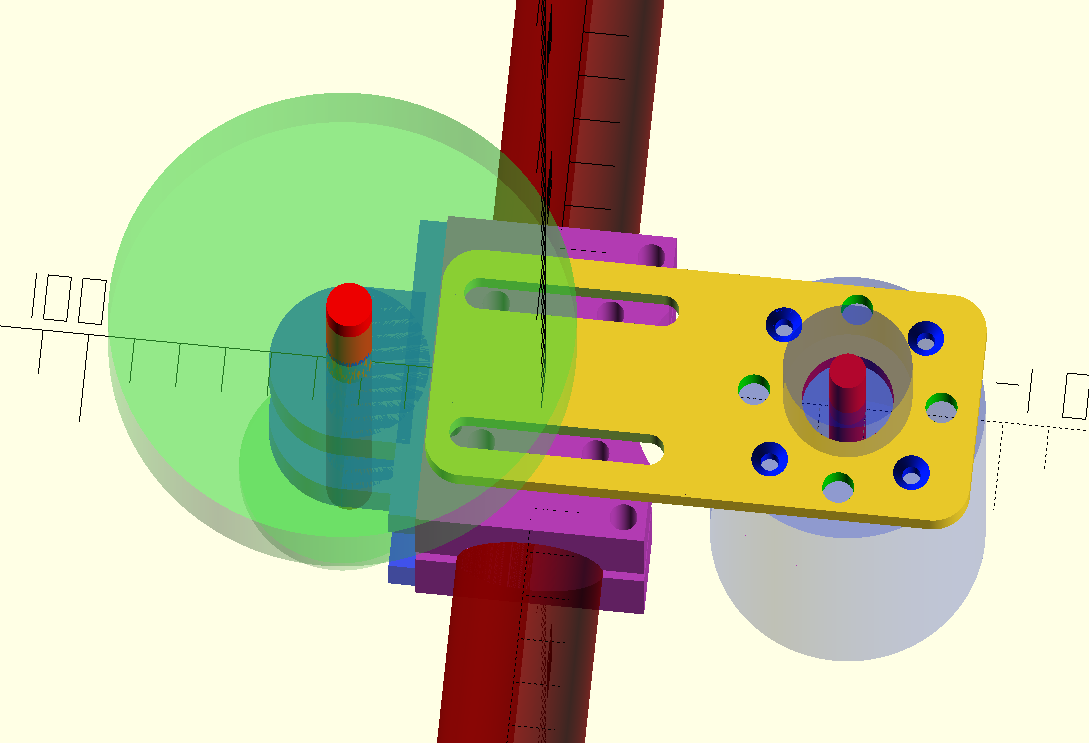
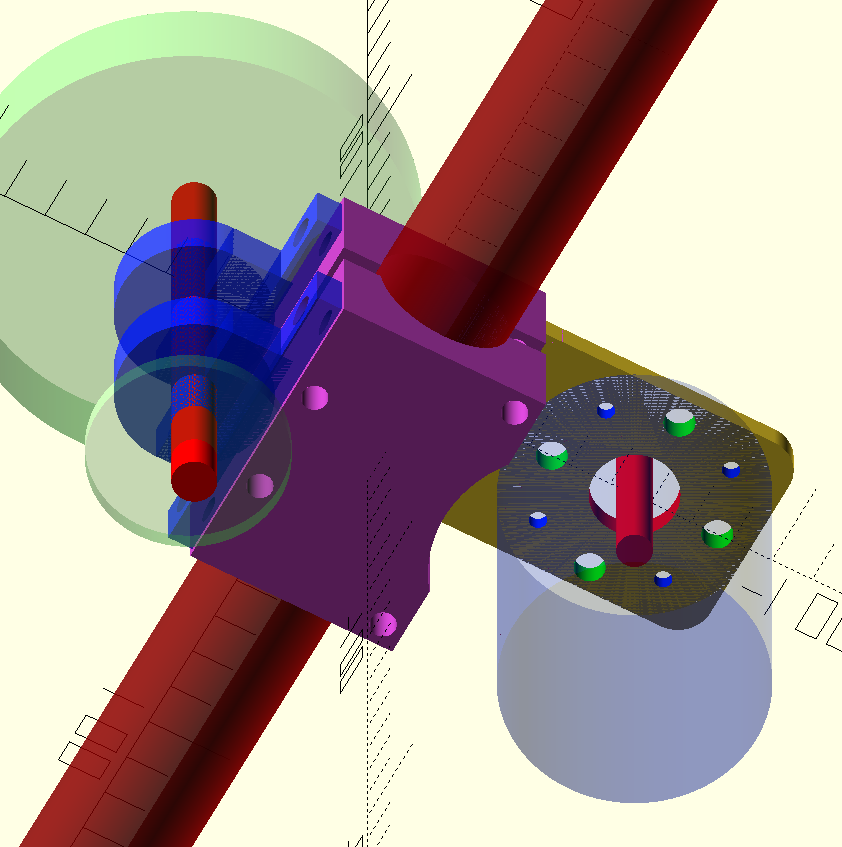

I hope to get this shipped off before the end off the week, still need to make some adapters though, and my bike rolling before the end of the month...with some blessings from the shipping gods
This week, finally, my VESC motor controller came in. Not the first one I ordered over a month ago, no, the second one from ebay arrived right on schedule. The first one is still missing...somewhere...and the guys from that store are very bad at communicating apparently... However, I have finally been able to fire up my engine and play around with my setup with my batterypack. It's freaking awesome
However, I have finally been able to fire up my engine and play around with my setup with my batterypack. It's freaking awesome 
thepronghorn said:I would suggest not trusting two halves of your frame clamp to line up perfectly and give you a nice aligned shaft. Just attach your bearing/motor mounting plate to one of the clamps and the other side just holds it to the frame.
This is what I ended up doing indeed
I chatted up with a friend which works as a cnc engineer and he gave me some great tips plus a range for the price, which is about half as cheap as I thought, so that's great. He gave me the advice to use 6mm 7075 aluminium for the mounting plate this would give me enough strength for the motor and the vibrations. However this wouldn't leave me enough room on the motor shaft because it's only 25mm long. So I moved the adjustment slots to the frame mount side. (reducing it to only 3 parts to have manufactured!) Not entirely sure if I'm going to leave this much adjustment room in the final design, but we'll see what the guys at his shop have to say when I send in the designs. In the current designs I also have pretty big rounded on the corners, I'm probably going to make that smaller too so I can drill a hole in one of the corners on the motor side to mount some....hall sensors
Anyway, here are some up to date pics:



I hope to get this shipped off before the end off the week, still need to make some adapters though, and my bike rolling before the end of the month...with some blessings from the shipping gods
This week, finally, my VESC motor controller came in. Not the first one I ordered over a month ago, no, the second one from ebay arrived right on schedule. The first one is still missing...somewhere...and the guys from that store are very bad at communicating apparently...




